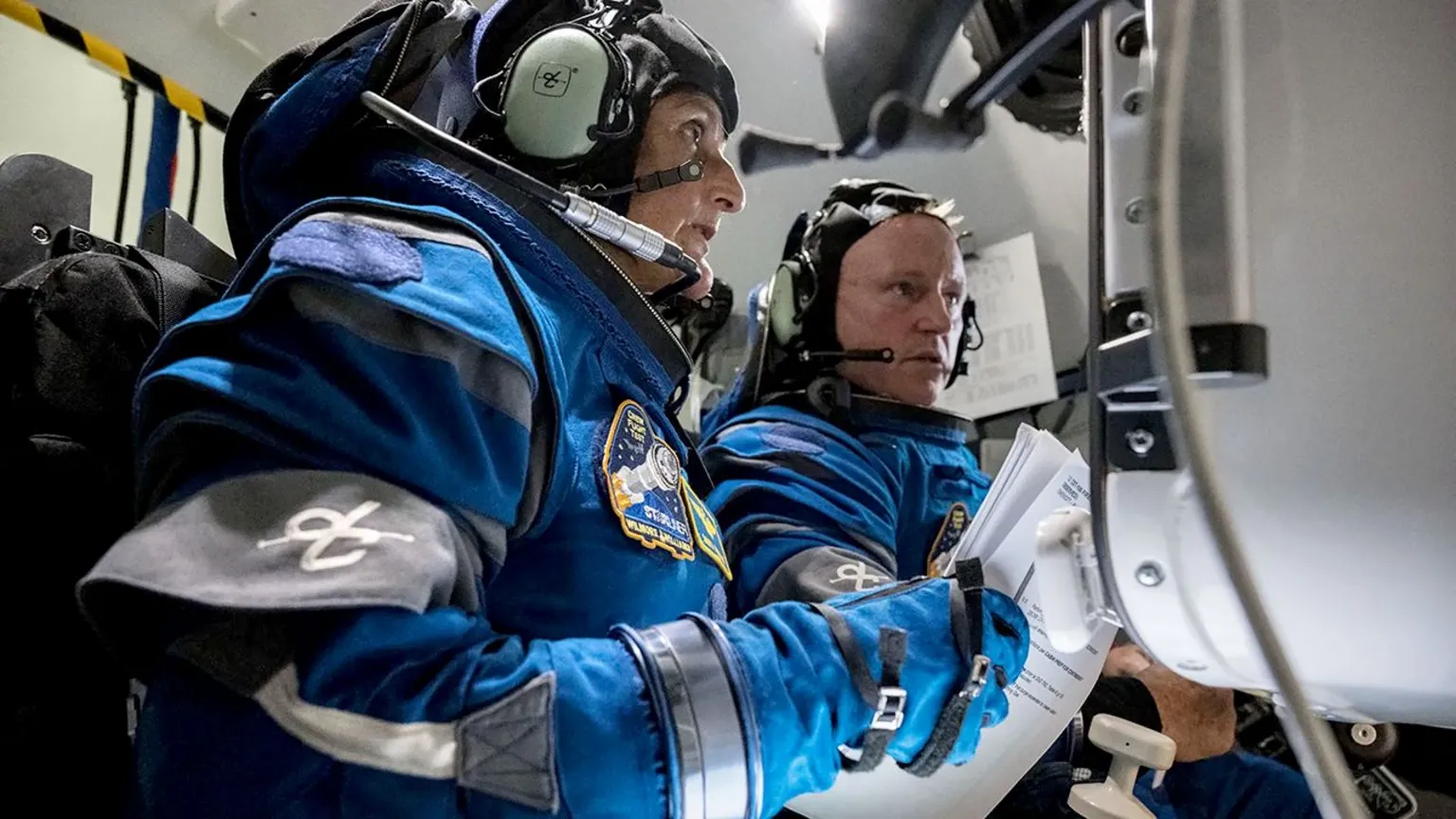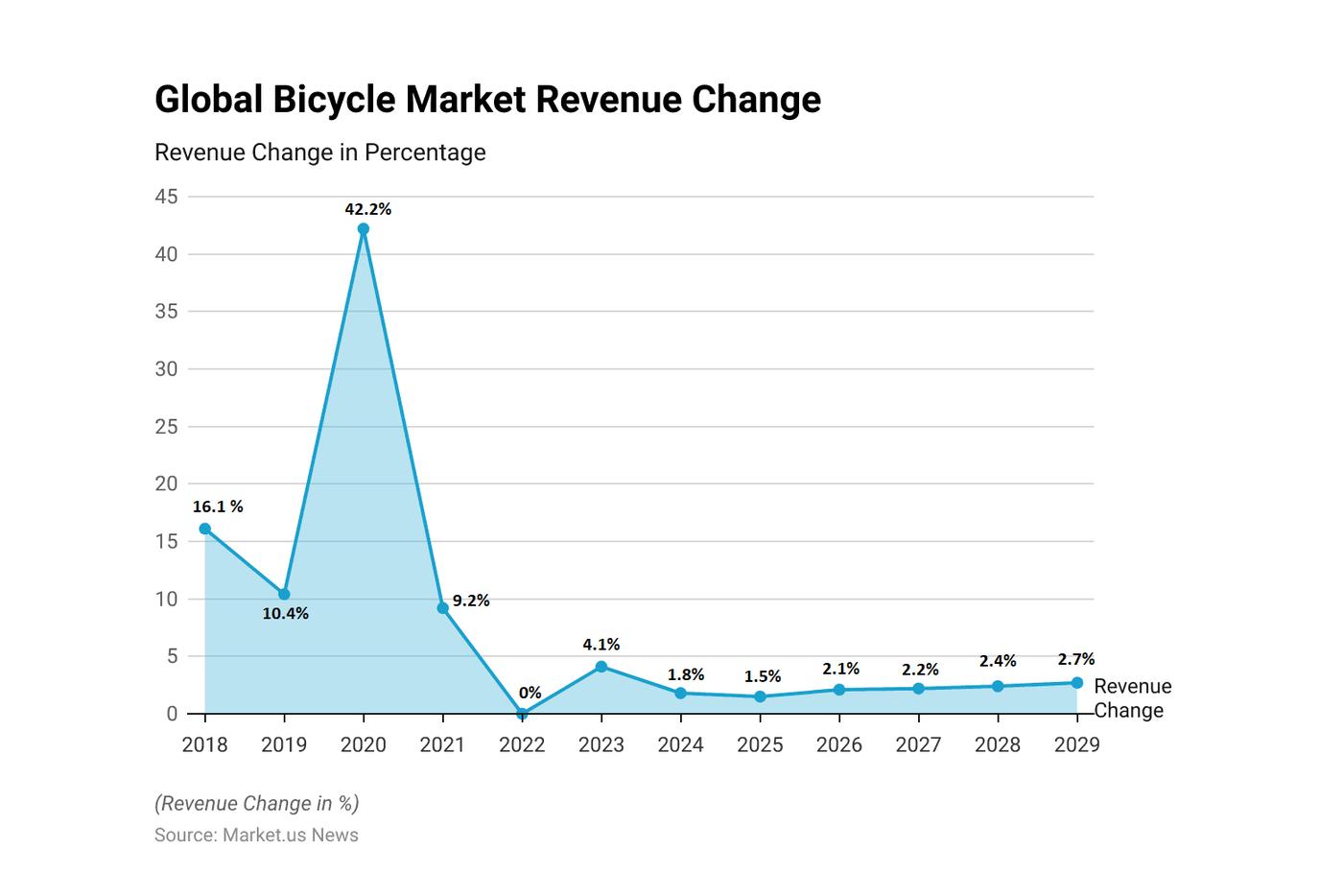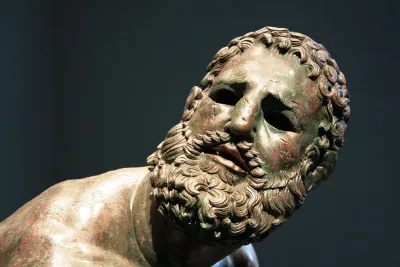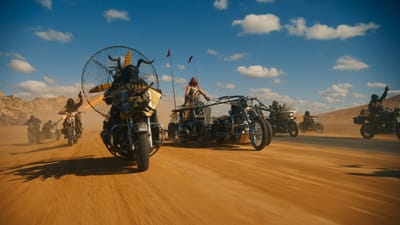TWIL #10: From Gravity to Hope

On hope
Today, while listening to national radio in the Netherlands, I stumbled upon a conversation about something we often take for granted: hope. The discussion traced its meaning through history, touching on how philosophers have wrestled with the concept. And in the times we're living through now,unsteady, uncertain, the word hope is important. Because without hope, things would be hopeless.
Curious, I decided to dig a little deeper. I watched the TEDx talk on hope by Junah Jang (below). These quotes stuck with me "Don't let what you can't do get in the way of what you can do." and "Hope doesn't bring about action. Action brings about hope."
What I learned from this is that hope isn’t just a feeling… it’s a lens. A stance. A decision. And I decide to always try to look at the world through this lens.
9 months in space and the human body

I can’t imagine being stuck,with anyone, in a tiny space for nine months. No fresh air, no privacy, no gravity. But that’s exactly what NASA astronauts Frank Rubio and Loral O’Hara endured aboard the International Space Station. Now back on Earth, their bodies are telling a different story. After months in orbit, they’re dealing with a range of physical changes… and it’s a fascinating (and slightly unsettling) glimpse into what space really does to us.
In the BBC article “The astronauts who came back different,” several key effects of long-term spaceflight are highlighted:
- Muscle loss and bone thinning due to lack of gravity and resistance.
- Balance and coordination issues - even standing upright becomes a challenge.
- Changes in eyesight, including pressure on the optic nerve.
- Blood flow disruptions, with fluid shifting upward in the body.
- Weakened immune systems, making astronauts more vulnerable post-return.
- Gene expression changes, some of which can linger long after landing.
- Emotional and psychological stress from confinement, isolation, and lack of natural stimuli.
Still, after nine months in space, Earth’s gravity isn’t the only thing pulling them down… now it’s also their back pain. 🥁 ba-dum-tss
The bike industry is failing

I love riding bikes. I fall in love with the story, with the vibe, with the people. The early morning light, the quiet roads, the conversations during and after a ride. Bikes have a soul, and cycling has always been about more than just the gear.
But what started as a passion has become a billion-dollar industry… and it's beginning to crack under its own weight. The margins are lower than ever, shops are struggling and warehouses are full of unsold bikes. Prices are up, trust is down, and many riders feel alienated from the culture they once loved.
I recently read “The Bike Industry is Broken” on The Radavist, and it put words to something I’ve been sensing. The article dives into how the bike industry, chasing growth, margins, and constant "innovation", has lost touch with its roots. It calls out a disconnect between what the industry pushes and what riders actually want. It questions why we’ve let business override the joy, the accessibility, the community.
And honestly, I feel that too. I don’t ride to keep up with tech trends or to flex the latest model. I ride because it grounds me. Because it connects me to people. Because a bike, at its best, is freedom on two wheels.
If the industry wants to survive, and more importantly, to matter, maybe it needs to remember what made people fall in love with bikes in the first place. It’s about people, it’s about experiences, it’s about stories and the love for cycling.





